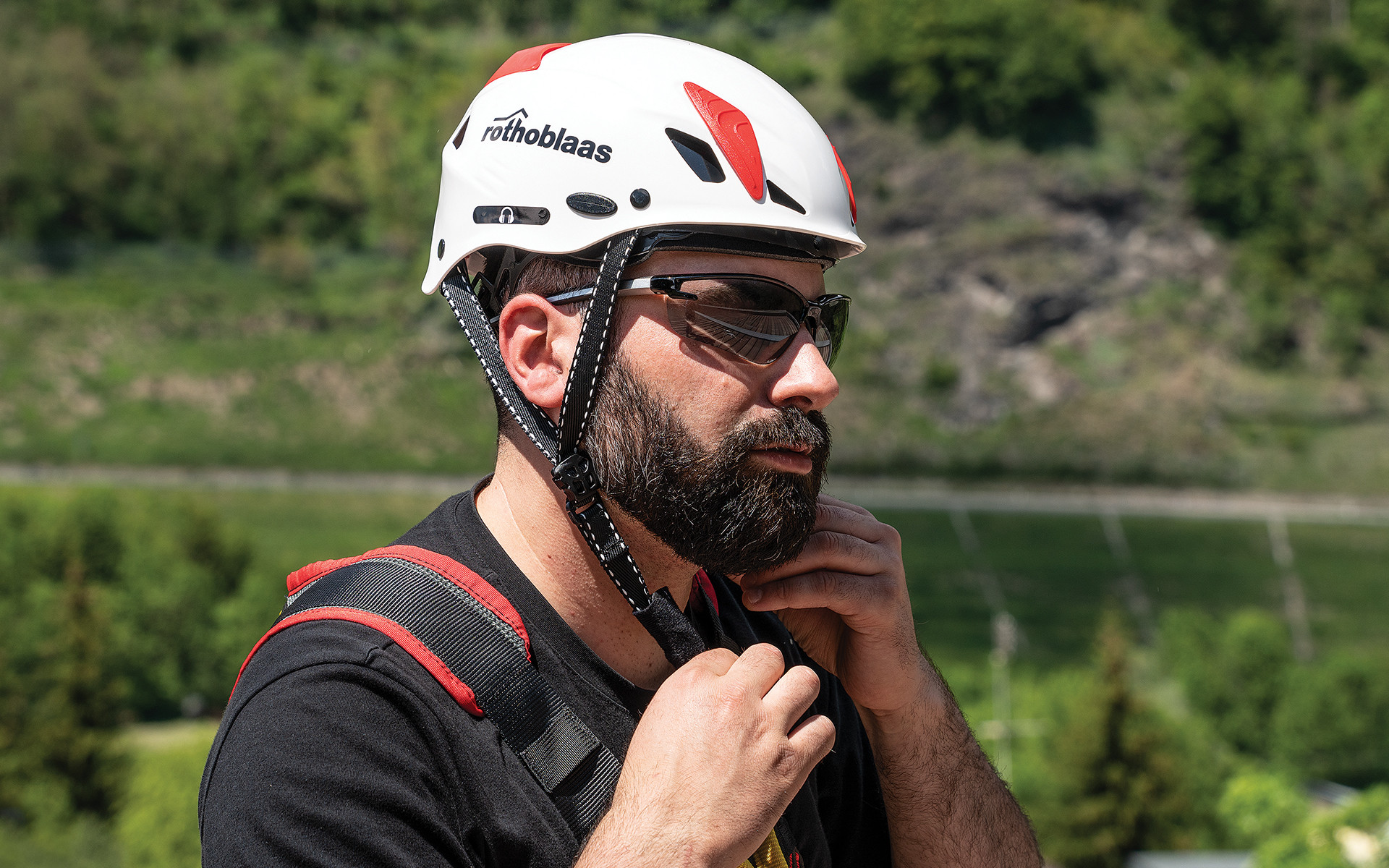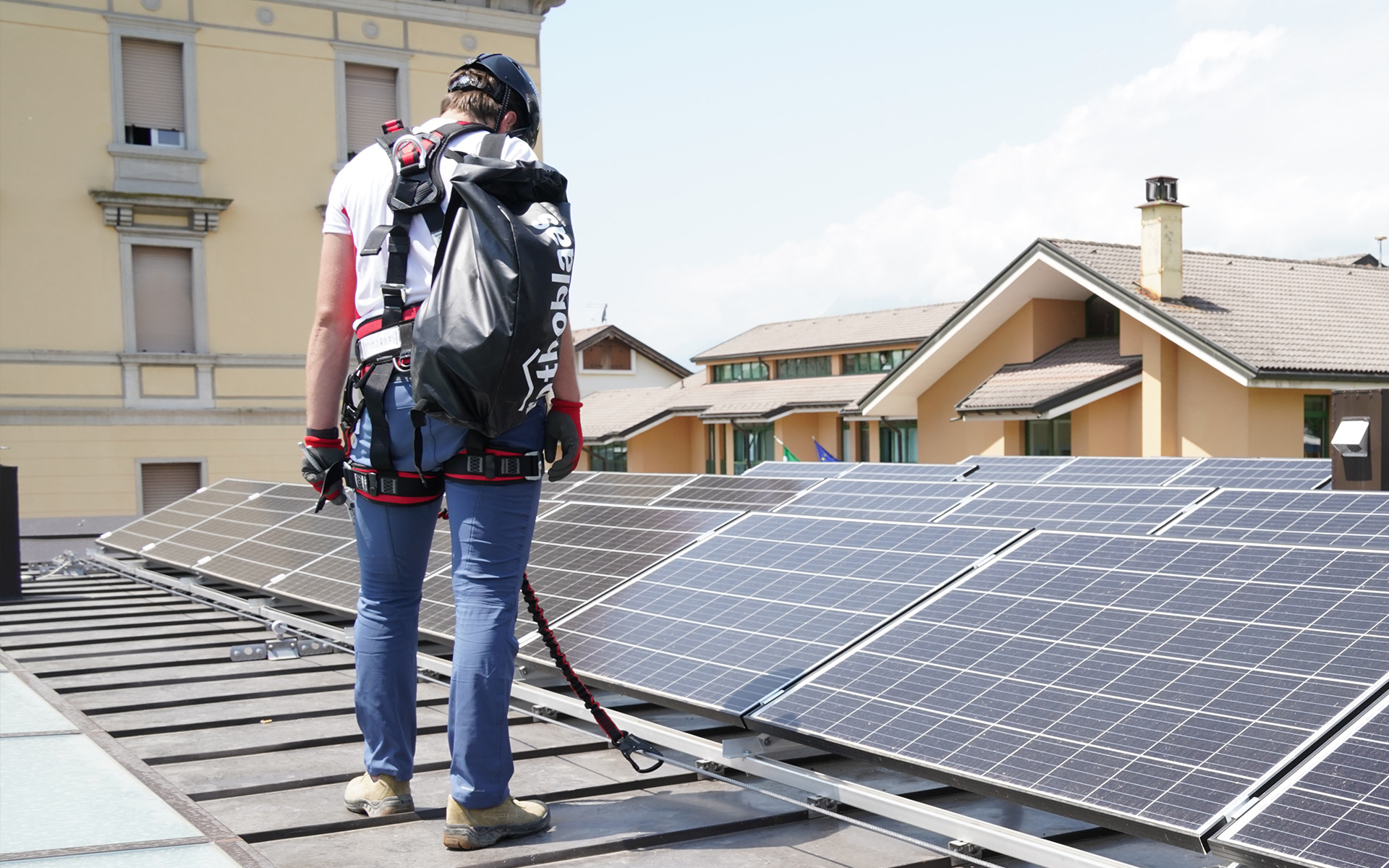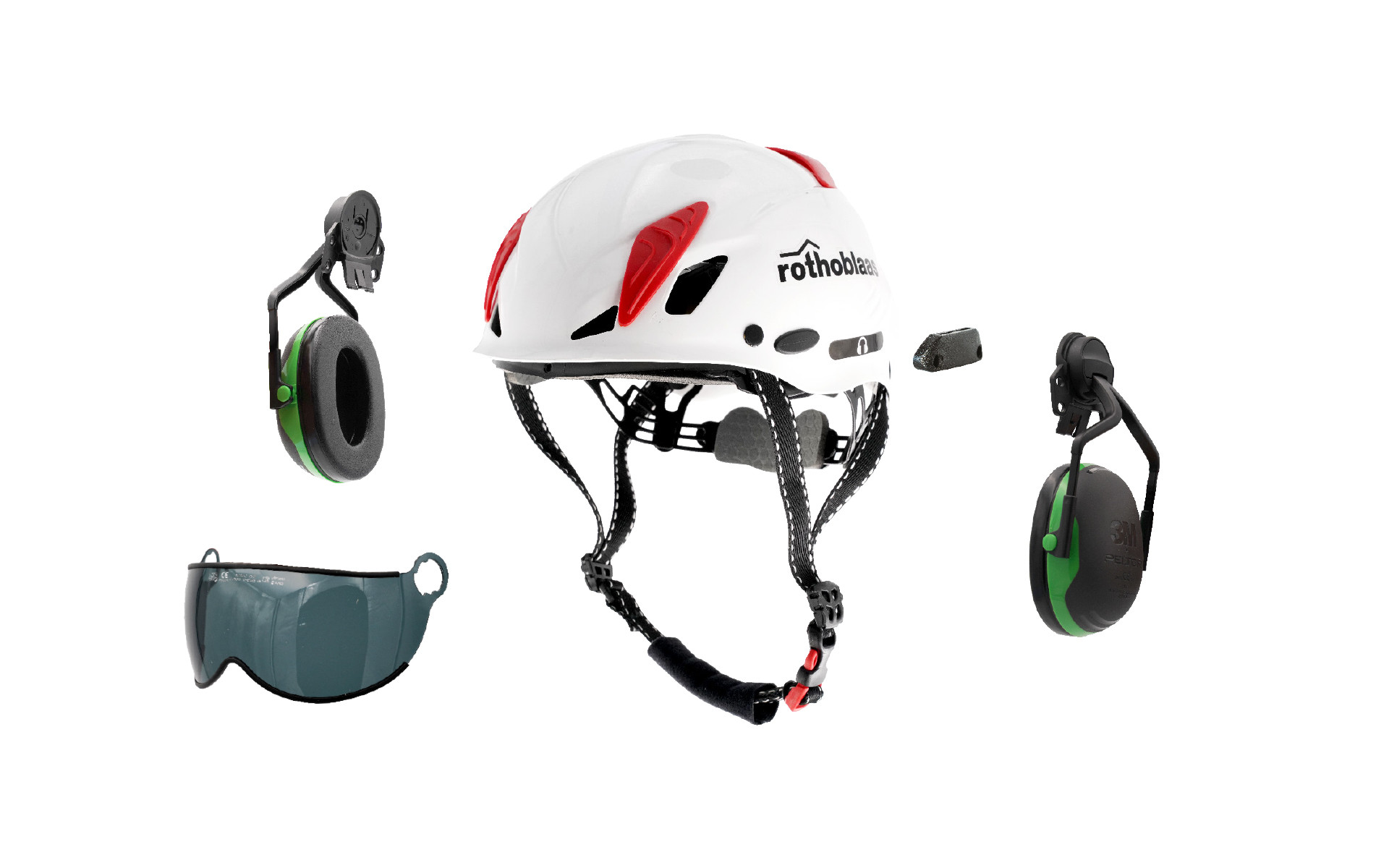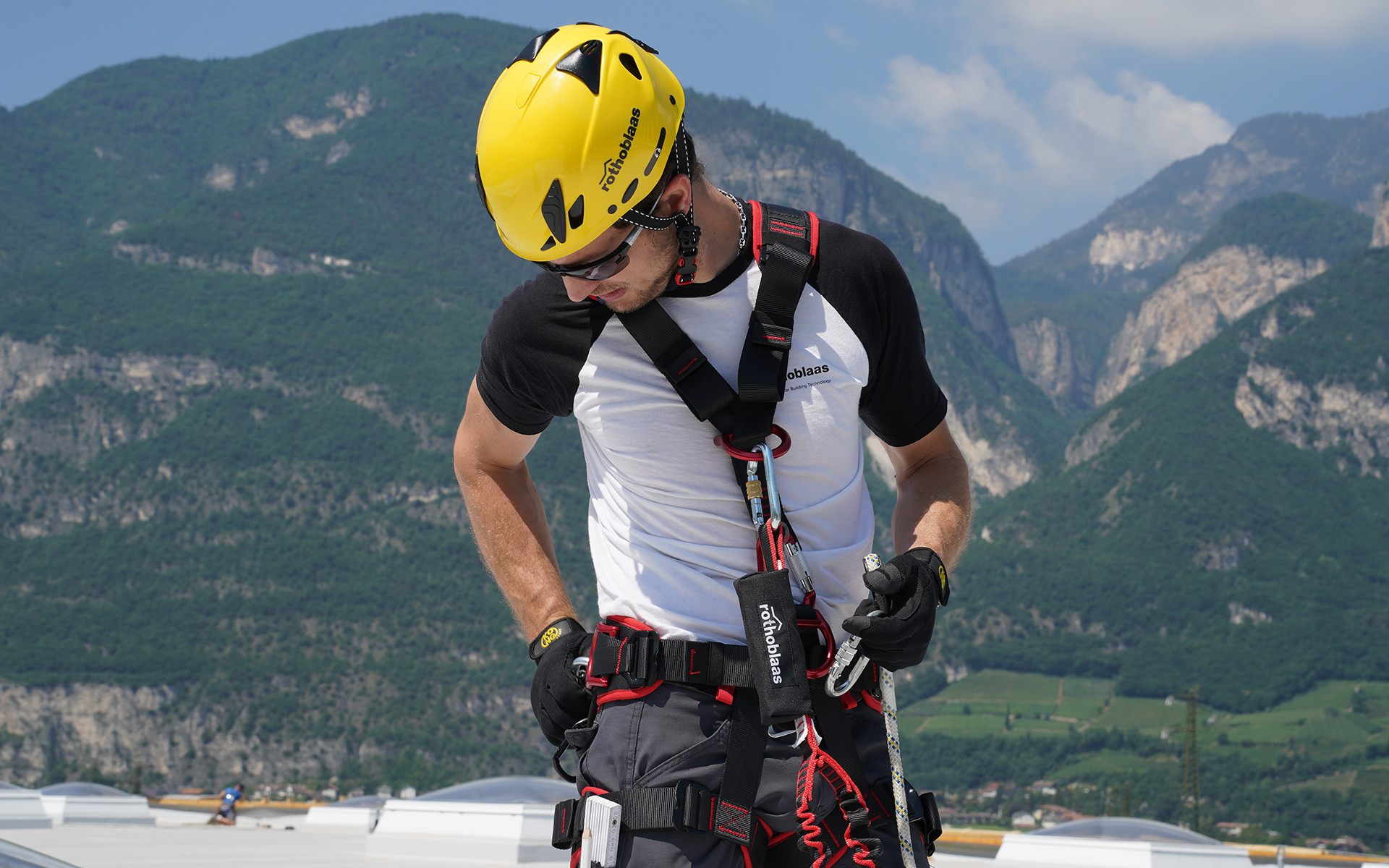
Choosing the right work helmet: what to consider
There’s no need to choose – with the right solution, comfort and performance go hand in hand.
Wearing protective helmets on construction sites is essential for worker safety. However, a work helmet shouldn't just serve as a shield against physical hazards; it should also provide comfort, allowing for long hours of use without compromising on the worker’s well-being.
Poorly designed helmets can lead to a series of long-term health issues, like muscle fatigue and neck pain.
Here are some key factors to consider to ensure a helmet provides not only protection, but also comfort and ergonomic support.

Minimising stress on neck and shoulders
One often overlooked aspect is the impact of the construction helmet's weight on the neck and shoulders. External accessories like visors, earmuffs and lights, if too heavy or poorly balanced, can increase muscle strain in the upper body.
If worn for extended periods, these accessories can fatigue the neck and shoulders, leading to discomfort and potential injury. It’s crucial to choose lightweight accessories that seamlessly integrate with the helmet, reducing the extra weight and ensuring better balance.
Recent ergonomic studies on PPE have shown that helmet weight is directly related to neck muscle activity. A weight increase of just 0.5 kg can significantly worsen neck pain, with symptoms ranging from minor discomfort to chronic problems. Opting for a lightweight work helmet with built-in accessories, rather than attaching them externally, can significantly reduce physical strain and improve comfort throughout the workday.

Suitable ventilation
A common issue with less advanced helmets is the lack of proper ventilation. Working in the sun or hot environments can cause the head to overheat, which in turn reduces concentration and increases the risk of accidents. A poorly ventilated work helmet can become a significant source of discomfort.
According to a study by the National Institute for Occupational Safety and Health (NIOSH), excessive overheating of the head can reduce mental alertness by up to 25%, thus increasing the likelihood of mistakes.
Helmets with well-designed air vents, strategically placed to promote air flow, can prevent the build-up of heat and enhance comfort.
Good ventilation not only reduces the risk of heat-related discomfort but also contributes to the worker's general well-being.

Pressure discomfort
Many workers report discomfort caused by the pressure exerted by helmets on the head, often due to poorly adjusted straps or inadequate padding. This pressure can lead to migraines and localised pain, which, over time, negatively impacts productivity. An ultra-lightweight work helmet designed for maximum comfort should have light, washable padding with largely adjustable straps to fit various head shapes.
Proper weight and pressure distribution is crucial: helmets with an internal "harness” that evenly spreads the weight across the head can significantly reduce discomfort.
Washable padding is also a key advantage, helping to keep the construction helmet clean and comfortable.
Weight matters
The most critical factor, however, remains the weight of the work helmet. According to European standards, industrial helmets (EN 397) typically weigh between 300 and 450 grams, while high-performance helmets can weigh up to 600 grams. Heavier helmets generally provide more protection, but thanks to the use of high-tech materials like polycarbonate or ABS (acrylonitrile butadiene styrene), it’s possible to create ultra-lightweight work helmets without compromising safety.
Lightweight helmets help reduce muscle fatigue and improve mobility. A construction helmet like the PROTECTOR by Rothoblaas, made from durable ABS and CE-certified according to EN 397, weighs just 385 grams. This makes it an excellent choice for those seeking a balance between protection and comfort. Moreover, its removable, washable inner padding and optimised ventilation make it ideal for working in hot and humid conditions.
Ergonomics and weight reduction
A good helmet should not only protect the head but also be ergonomically designed to reduce stress on the body. Neck pain is a common issue for many workers in the construction industry. According to the diagnostic pain scale, helmets weighing between 0,75 kg and 1,5 kg can cause neck pain rated at 6 out of 10 in intensity.
Lightweight, well-balanced helmets, such as those offered by Rothoblaas, significantly reduce these risks, improving the worker’s posture and general well-being. An ultra-lightweight work helmet is a smart choice for those working in tough conditions for extended periods.
Rely on Rothoblaas Solutions for Safety PPE designed to combine performance and well-being during the daily work of construction, industrial and work-at-height professionals: explore the dedicated section here.
All rights reserved
Technical Details
- 国家:
- Any
- 产品:
- PROTECTOR ARCH


